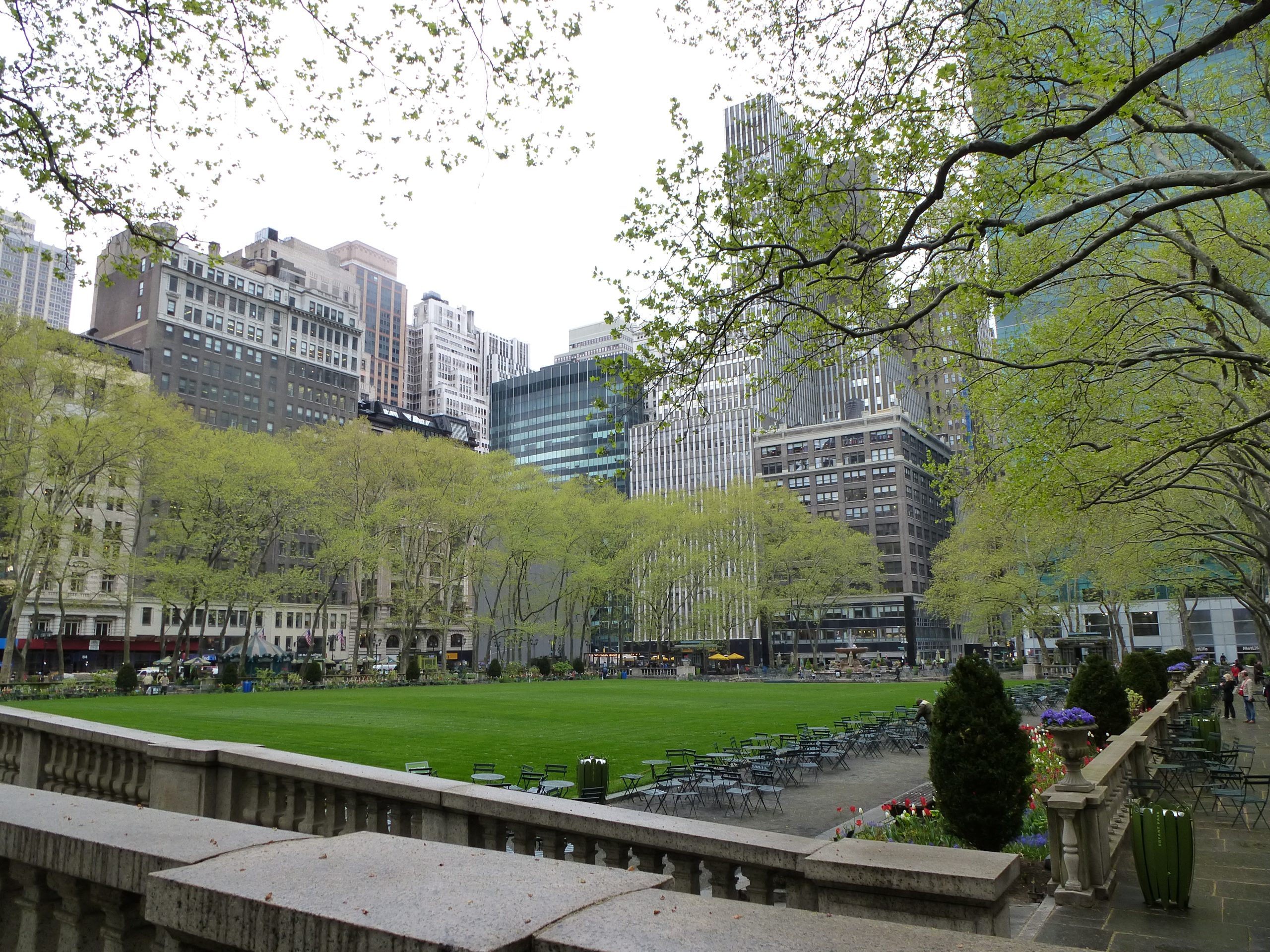45
Sarah Payne, Herriott-Watt University, UK
It is all too easy for people living in urban environments (urbanites) to get caught up in the busy hectic worlds of their lives. There is so much to do and enjoy, ranging from work, to playing and watching sports, cinemas, ballets, libraries, exercise… the list is endless. Each of these experiences provides stimulation for the brain and perhaps sometimes relaxation. In the urban world we are constantly bombarded with visual, acoustic, tactile, or olfactory sensory stimulation. Each of these demands our attention, processing, and response, be that to fight or flight, inhibit or consume.
All of this stimulation can have a fatiguing effect on the brain as it is constantly inhibiting competing demands and stimulations while directing attention on a specific task. As brain cells fatigue and struggle to prevent other stimulations from receiving attention, task performance and efficiency decreases. Over time a fatigued individual is likely to suffer from stress and further health complications.
Natural environments are also stimulating, but in a different way. According to Attention Restoration Theory (Kaplan & Kaplan, 1989), natural elements within a safe environment induce involuntary attention (fascination), which doesn’t demand or fatigue the brain. Instead they help fatigued cells to recover, enabling an individual to perform more efficiently, and provide a chance for reflection.
 Urban environments therefore need to include natural elements to provide urbanites with opportunities to recover from the bombardment of sensory stimulations. Architecture can reflect nature by incorporating the designs of leaves and trees into buildings, such as the classic Sagrada Familia by Gaudi, in Barcelona. More literally, plants adorn city buildings to produce green roofs and walls. These provide fascinating views for neighbours and pedestrians as well as providing building insulation, reducing energy costs, reducing flash floods, reducing air pollutants, and increasing biodiversity (United States Environment Protection Agency, 2013). Bringing nature into the city improves opportunities for restoration; urban parks are not just the lungs of the city, they can offer the cognitive, physiological, and emotional support for humans.
Urban environments therefore need to include natural elements to provide urbanites with opportunities to recover from the bombardment of sensory stimulations. Architecture can reflect nature by incorporating the designs of leaves and trees into buildings, such as the classic Sagrada Familia by Gaudi, in Barcelona. More literally, plants adorn city buildings to produce green roofs and walls. These provide fascinating views for neighbours and pedestrians as well as providing building insulation, reducing energy costs, reducing flash floods, reducing air pollutants, and increasing biodiversity (United States Environment Protection Agency, 2013). Bringing nature into the city improves opportunities for restoration; urban parks are not just the lungs of the city, they can offer the cognitive, physiological, and emotional support for humans.
The greenery, wildlife, and fountains within urban parks provide a visual and acoustic experience of a natural environment. However, the sounds heard within an urban park (its soundscape) often include sounds from the surrounding urban environment, such as traffic and construction work. These ‘urban’ sounds can mask the natural sounds and diminish the sense of being in a natural environment, thereby potentially reducing visits to urban parks from being truly restorative experiences (Payne, 2008; 2013). Landscape and town planners therefore need to consider both the visual landscape and its extended soundscape to create restorative environments for urbanites.
Incorporating restorative environments into cities is important if they are to be sustainable for humans to live and work whilst remaining healthy. Taking a holistic sensorial approach to the design of future city buildings, transportation (e.g. the sound of electric vehicles), recreational spaces, and residential areas, will maximise the chance for natural elements to flourish. Nature is a positive part of the city, not just potential space to build on; nature enables the restoration that people need to continue enjoying those urban stimulations.
Acknowledgements
A version of this article was first published in Ionic, 5, in 2013 http://issuu.com/ionicmagazine/docs/ionic_issue_5/11?e=4571951/6624648
References
Kaplan R. and Kaplan, S. (1989). The experience of nature: a psychological perspective. New York: Cambridge University Press.
United States Environmental Protection Agency. (2013). Green Roofs. http://www.epa.gov/heatisland/mitigation/greenroofs.htm Last accessed 6.6.15
Payne, S.R. (2013). The production of a Perceived Restorativeness Soundscape Scale. Applied Acoustics, 74(2), 255-263.
Payne, S.R. (2008). Are perceived soundscapes within urban parks restorative? Journal of the Acoustical Society of America, 123(5), 3809.
Author Biography
 Dr Sarah Payne is an Assistant Professor of Health in the Built Environment at Heriot-Watt University, UK. As an Environmental Psychologist Sarah is interested in people’s cognitive and emotional responses to/from their interaction with the environment, be that natural, urban or healthcare specific environments. She is particularly interested in people’s multi-sensorial experiences of environments, as well as their physical and social affordances. Her PhD (University of Manchester, UK) and subsequent Post-Doctoral Research (McGill University, Canada), examined the role of urban park soundscapes on individual’s psychological restoration. Other research has included skate parks, hospitals, electric vehicles, and café settings as well as producing a report for the UK Government Department for Environment, Food, and Rural Affairs. Broader interests include creating sustainable liveable cities, fatigue in the workplace, fear of crime and how the environment can enhance or decrease this emotive response, as well as methodological and measurement considerations in people-environment research.
Dr Sarah Payne is an Assistant Professor of Health in the Built Environment at Heriot-Watt University, UK. As an Environmental Psychologist Sarah is interested in people’s cognitive and emotional responses to/from their interaction with the environment, be that natural, urban or healthcare specific environments. She is particularly interested in people’s multi-sensorial experiences of environments, as well as their physical and social affordances. Her PhD (University of Manchester, UK) and subsequent Post-Doctoral Research (McGill University, Canada), examined the role of urban park soundscapes on individual’s psychological restoration. Other research has included skate parks, hospitals, electric vehicles, and café settings as well as producing a report for the UK Government Department for Environment, Food, and Rural Affairs. Broader interests include creating sustainable liveable cities, fatigue in the workplace, fear of crime and how the environment can enhance or decrease this emotive response, as well as methodological and measurement considerations in people-environment research.
Contact Details:
Email: S.R.Payne@hw.ac.uk
Twitter: @ThinkSnowflakes
